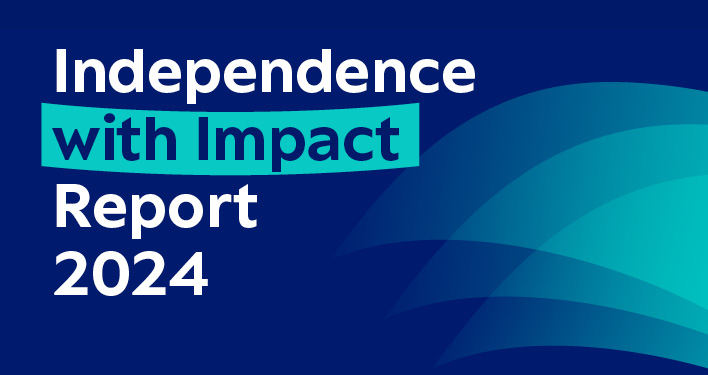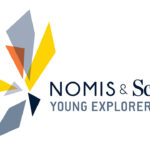Organizational Identity & Aged Adolescence
 “Guiding Organizational Identity Through Aged Adolescence” currently appears as one of the most frequently cited articles in the “Journal of Management Inquiry,” based on citations to online articles from HighWire-hosted articles. The article was published in June of 2006 and written by Kevin G. Corley, Arizona State University, Celia V. Harquail, Michael G. Pratt, University of Illinois-Champaign, Mary Ann Glynn, Emory University, C. Marlene Fiol, University of Colorado-Denver, and Mary Jo Hatch, University of Virginia. Professor Corley shared a reflection on the article.
“Guiding Organizational Identity Through Aged Adolescence” currently appears as one of the most frequently cited articles in the “Journal of Management Inquiry,” based on citations to online articles from HighWire-hosted articles. The article was published in June of 2006 and written by Kevin G. Corley, Arizona State University, Celia V. Harquail, Michael G. Pratt, University of Illinois-Champaign, Mary Ann Glynn, Emory University, C. Marlene Fiol, University of Colorado-Denver, and Mary Jo Hatch, University of Virginia. Professor Corley shared a reflection on the article.
Tell the story behind the article. What prompted you to write this article? Do you have any specific memories about writing or the review/publishing process that you would like to share?
The genesis for this paper emerged at a little pre-Academy of Management get-together at a beautiful house overlooking the McKenzie River (in Oregon) in 2003. The gathering was an outgrowth of an informal “friendly review” group we had formed a year before to help provide feedback on various papers we each had in process. We decided to meet in person before the Seattle AOM meetings since all of our interactions to that point had been via email or the phone (and one of the coauthors had a house within an easy drive of the conference). Several of our group also saw an opportunity to open up a conversation space where we could put aside the structure of everyday academia and be a little more pure about sharing ideas. Since we were all researchers interested in organizational identity, many of our conversations ended up revolving around identity and how the topic had matured (or not) over the previous 15 years. It is amazing how energizing it is to talk theory and research while enjoying great food and wine and being surrounded by the beauty of a place like the McKenzie River valley…the buzz that emerges from the free flow of ideas and shared concerns feels a bit magical. As the retreat drew to a close, we all piled into a van for the trip back to Seattle (for the AOM meetings) and talk turned to all that we had covered in our discussions over the prior 2 days. One thing led to another and over the course of that 6-hour drive we had developed a thesis for the paper, hammered out its basic outline and divvied up who would write the specifics of each section (thank goodness we had a tape recorder with us to capture all of that). So basically the guts of the paper were developed as we drove up I-5…sort of high speed theorizing, if you will.
As the author of one of the most cited articles in JMI, why do you think this research is important? Why are people reading it and who else should be exposed to it?
I think this article is attracting the attention it is because organizational identity is a concept fundamental to so many other important organizational phenomena and our article’s thesis (“there is no one right way to conceptualize organizational identity, so clarity and transparency of assumptions-in-use are critical”) is one that provides insight and guidance for anyone writing about organizational identity. I think this message is particularly useful for doctoral students and other junior scholars who perhaps aren’t very experienced in entering into a theoretical conversation because it provides some obvious entry points to the theoretical conversation on organizational identity. Plus, I think any article that can bring clarity to a currently confused theoretical domain will be one that has an impact on the field…and organizational identity was certainly a messy domain when we starting writing the article (its gotten better, we hope in part because of our efforts in this article). Hopefully it will continue to prove useful for future researchers as we push forward with our understanding of this important concept.
![]()

























































































